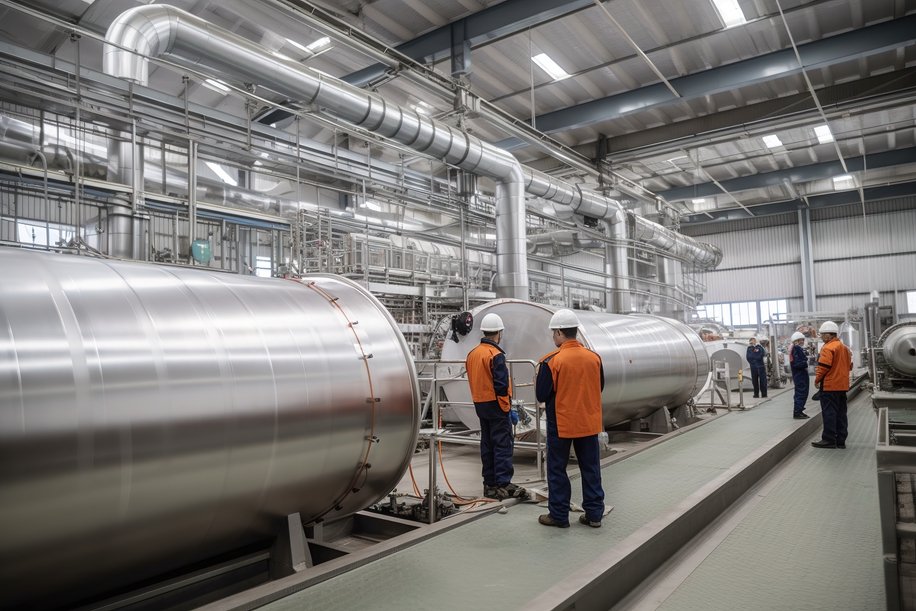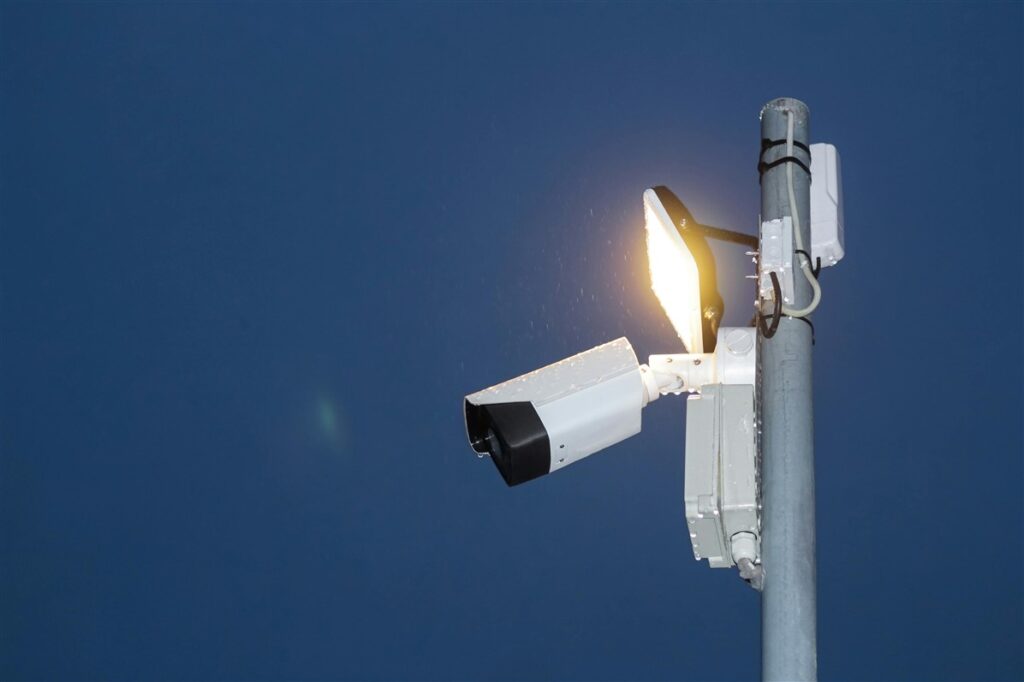How often should I undertake an electrical audit?
All businesses have a responsibility to undertake a periodic electrical audit to ensure electrical safety. Part of this responsibility includes having an up-to-date commercial Periodic Inspection Report (PIR), also known as an Electrical Installation Condition Report (EICR).
Commercial properties should get an EICR every five years or whenever there is a change of occupancy. Industrial facilities – manufacturers, warehouses, and workshops, for example – should get an EICR every three years.
However, there are some instances where you may be required to carry out (or may want to consider) more frequent audits. These include:
Where regulatory requirements for your industry or local authorities require it – some industries have more rigid rules on electrical testing due to increased risk. As a manufacturer, you will need to ensure you are meeting local and industry requirements to remain compliant.
To meet equipment manufacturer recommendations – some equipment and installations require more regular testing and inspecting. Keep a log of all equipment with a note of how frequently it should be audited.
Following new installations or major upgrades – whenever there are significant changes in electrical systems, such as new installations or major upgrades, it is crucial to conduct an audit both before and after the changes to ensure compliance and safety.
If you have ageing equipment – if your manufacturing facility has older equipment or machinery, consider more frequent audits to monitor the condition of the electrical components and reduce the risk of failures.
In high-risk or hazardous areas – facilities with high-risk environments, such as those dealing with hazardous materials or high-temperature processes, will benefit from more frequent audits. If you have ATEX areas within your facility, ensure you work with an electrical contractor that is CompEx accredited (such as AES).
Post-incident – electrical incidents such as electrical fires, major surges or major outages can have a knock-on effect on installations and equipment. While there may be no obvious signs of trouble, it is a good idea to audit your electrical systems to ensure there are no underlying issues that could escalate.
Before and during a period of growth or expansion – if you are planning a factory expansion or are introducing additional equipment, you should undertake additional audits before and during the growth period to ensure the electrical infrastructure can support the new demands.
How to ensure electrical safety between inspections
As well as carrying out comprehensive audits of your systems, you should put measures in place to protect your systems between inspections.
Periodic Spot Checks
Periodic spot checks or visual inspections to identify obvious issues or potential hazards ensure fewer problems between audits. An electrical contractor can carry out these spot checks during their visits, but it is also good practice to train your teams to recognise potential hazards.
Look for signs of loose or faulty wiring, connections or insulation such as sparking, buzzing, burning smells or sooty marks around switches or sockets. Monitor machine performance – irregularities in performance could indicate an electrical issue.
Proactive maintenance
Replacing machinery and equipment is costly, so it makes sense to keep your assets in good working order. Plus, regular maintenance ensures your equipment runs efficiently, which is better for your bottom line.
Proactive maintenance can help you identify issues before they result in major problems and can also help you spot opportunities. It can get expensive if you frequently have to replace a particular component. Understanding what’s causing it to fail can help you identify an alternative solution, such as investing in an upgrade or adding a VSD to control speed and torque.
Continuous monitoring
Control and automation systems can provide real-time equipment monitoring, allowing you to quickly identify any issues and take corrective action before damage occurs.
Control and automation systems can monitor equipment and provide predictive maintenance information, allowing maintenance to be scheduled before equipment failure occurs. This proactive approach can help reduce downtime and increase equipment lifespan.

Benefits of regular electrical testing and inspection
Although regular testing is required for compliance purposes, there are several other benefits to carrying out regular electrical audits.
Enhance safety – faulty equipment can lead to fire, electrical shock, or accidents and injury. Regular auditing will help you identify any defects or faults, reducing the risk.
Reduce downtime – unplanned downtime causes havoc to production schedules and can be extremely costly. Regular audits and proactive maintenance can reduce the chances of equipment failure.
Extend the lifespan of your equipment – by detecting and addressing electrical issues promptly, you can extend the lifespan of expensive machinery and equipment.
Mitigate risk – spot checks and audits help you spot any potential hazards early so you can take measures to mitigate or manage the risk.
Ensure up-to-date records – regular audits provide a detailed record of electrical systems, facilitating troubleshooting and maintenance planning.
Increase energy efficiency and reduce carbon footprint I– energy audits help you understand which equipment is consuming the most energy and identify opportunities to reduce energy consumption (and cost).
Electrical testing and energy audits from AES
At AES, we specialise in electrical contracting services for manufacturers. If you haven’t got a strategy in place for managing the maintenance of your electrical installations, we can help.
We can install, test, inspect, service and maintain your lighting and emergency lighting and any electrical installations, including plant equipment and machinery. AES personnel are also CompEx accredited to work in ATEX areas.
Not only do we offer proactive and reactive maintenance and emergency callouts, but we also offer a range of specialist services for manufacturers.
These include energy storage, voltage optimisation, variable speed drives, and control and automation systems.
To get you started, we offer a free energy reduction audit to help you understand where you can make the most significant impact and which energy-saving solutions are right for you.
After completing our assessment, we’ll provide you with a full report detailing energy consumption savings and the real cost savings to your business.
Our goal is to help you reduce energy consumption in the most effective way so you can generate a return on investment as quickly as possible. Contact us to find out more.

Our guide to building energy management systems
Building energy management systems (BEMS) are systems that allow you to monitor, control, and optimise the energy used within your building. The phrase building energy management system (BEMS) is often used interchangeably with the phrase building management system (BMS), but there are some differences. A BEMS is focused on energy-related systems such as lighting, heating, […]
Read more
How far does power travel and what impact does distance have on performance
It’s easy to take our electricity supply for granted. We flick a switch and instantly have light or power. We don’t even think about it unless there’s an issue or an outage. But when there is an issue or outage, the impact can be significant. For manufacturers, even the smallest change in power can make […]
Read more
Why visibility of the production process is so important
Operational excellence, efficiency and quality are top priorities for almost every manufacturer worldwide. These things lead to improved productivity, happier customers and reduced waste – all of which result in increased profits. Visibility of the production process is the key to achieving these things. And manufacturers now have access to technology that can provide real-time […]
Read more
Will security lighting help to protect my staff?
Looking after the safety and well-being of employees should be a priority for any business. And while it’s not possible to mitigate every risk, there are measures you can take to improve their safety and security. One measure that is often overlooked is the installation of security lighting. When daylight disappears, visibility is reduced, increasing […]
Read more
Top 5 considerations when comparing electrical quotes
Budget is always a factor when you’re considering any type of upgrade, revamp, or maintenance work within your factory. But when it comes to electrical work, you have to consider more than just money. Don’t rush into accepting the cheapest electrical quotes without knowing exactly what you’re getting. Electrical work is not an area where […]
Read more
What is the role of companies in reducing our carbon footprint?
We should all be taking responsibility for protecting our planet and a big part of that is reducing our carbon footprint. But while it falls to all of us to do our bit, there is additional pressure on manufacturers, especially those with high carbon emissions. As an absolute minimum, these companies should ensure compliance with […]
Read more

